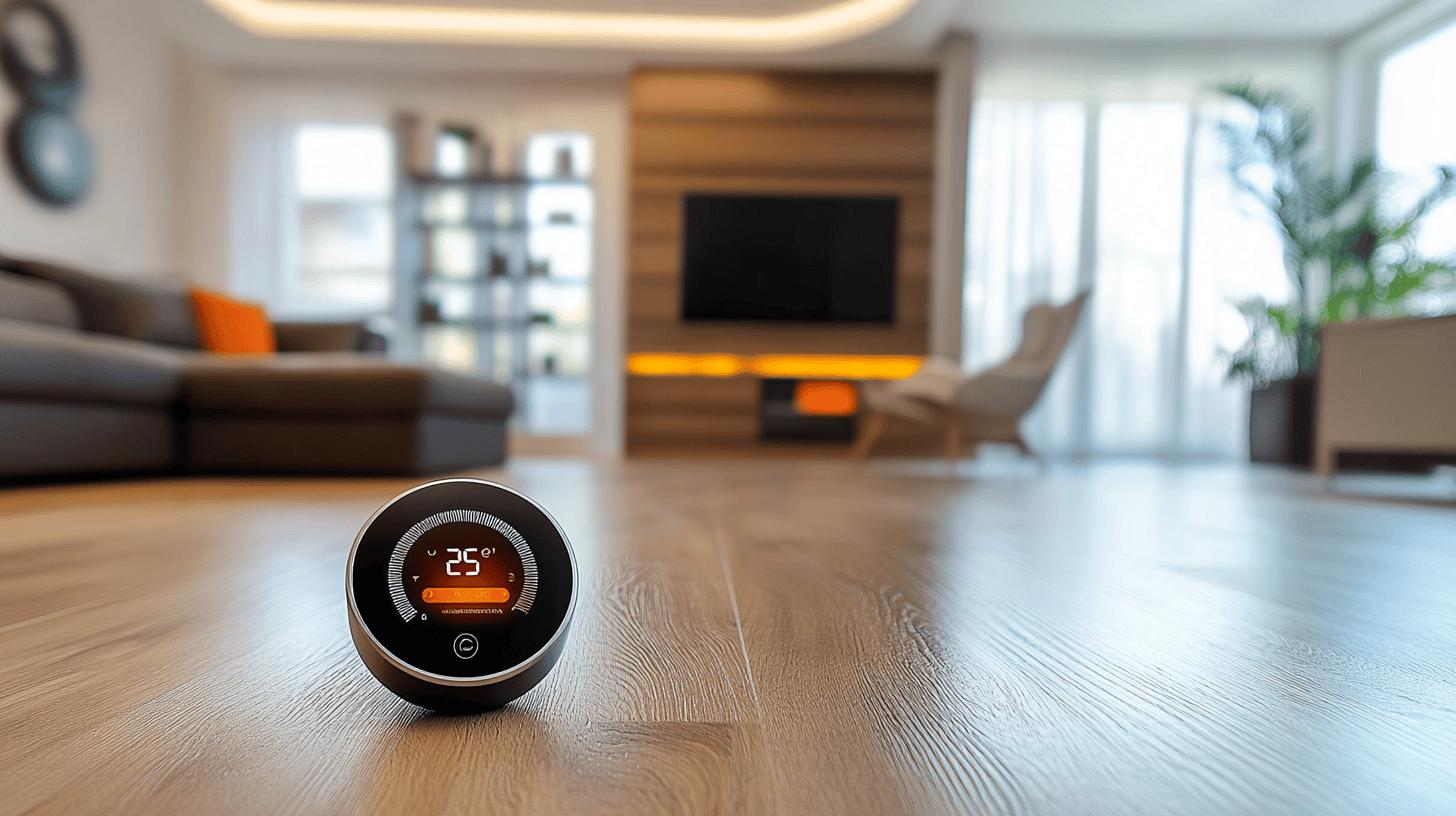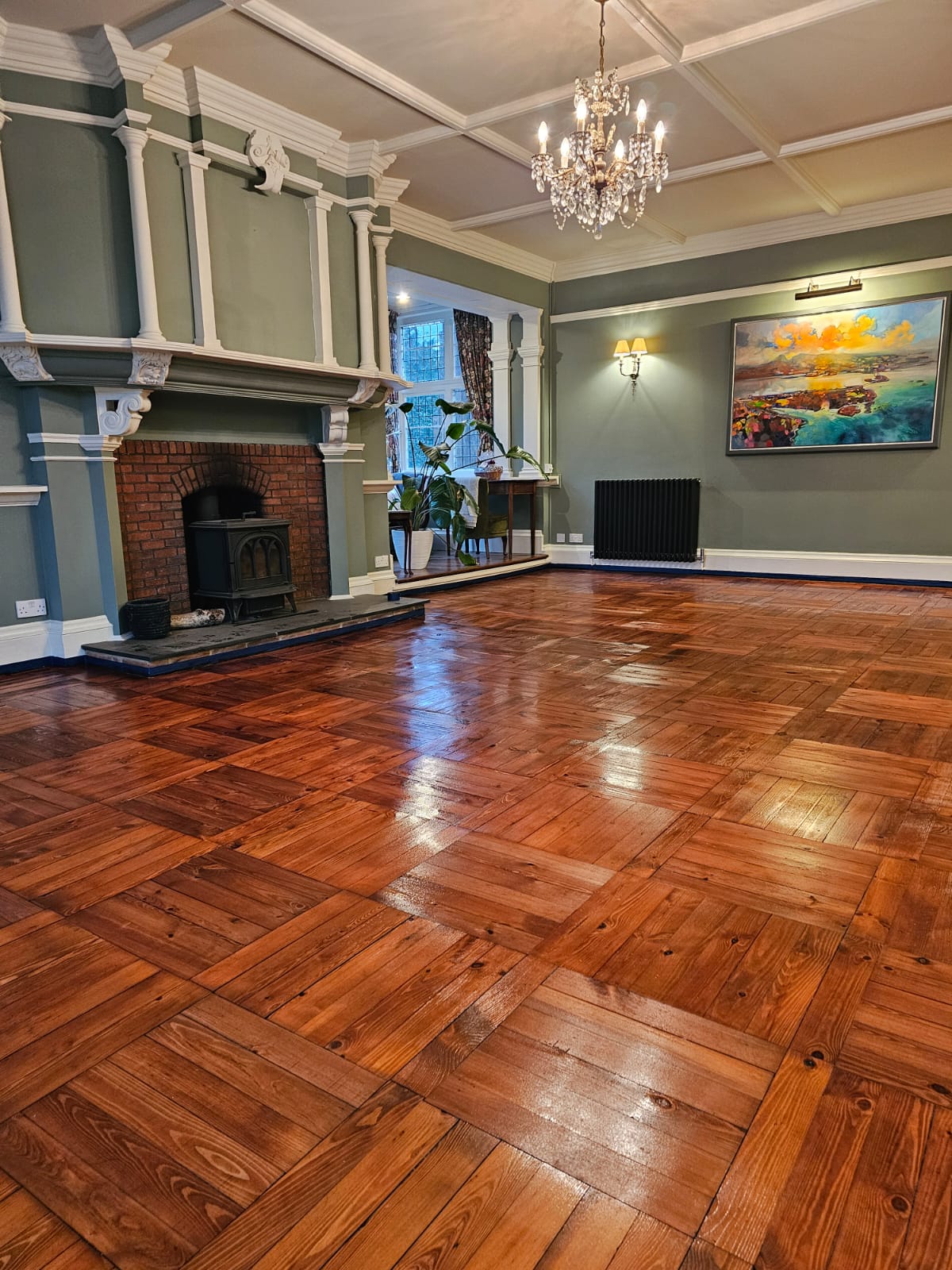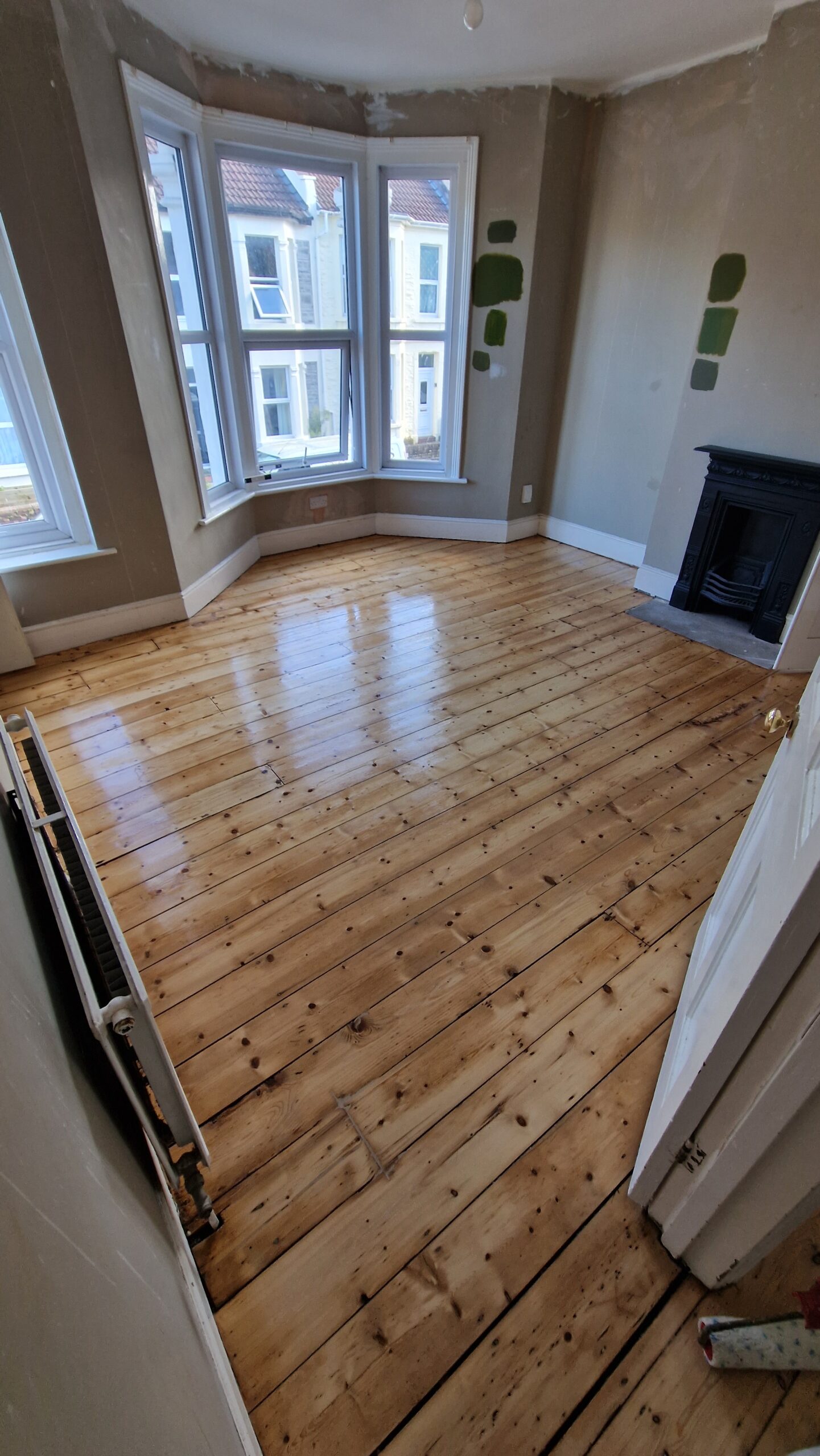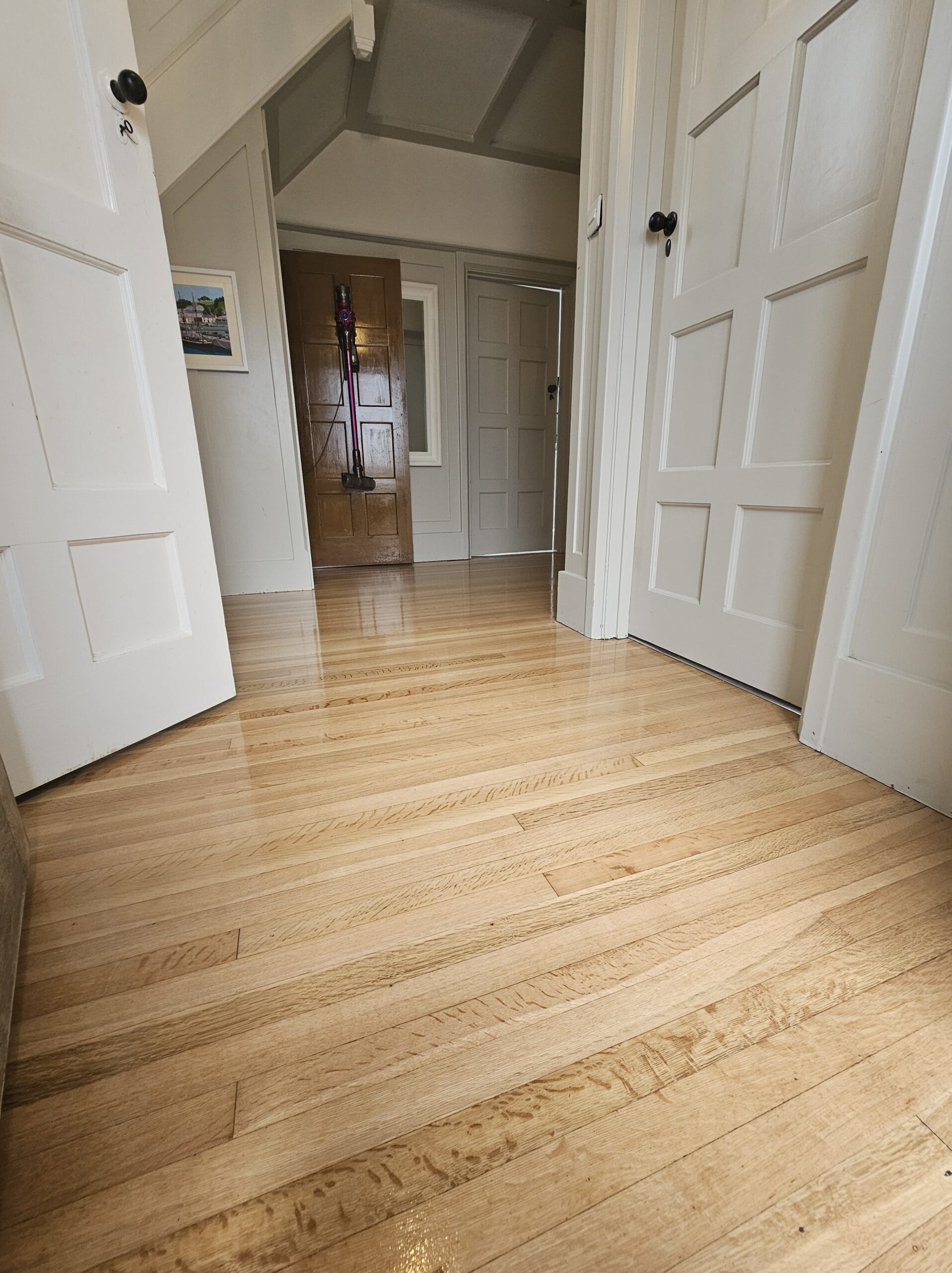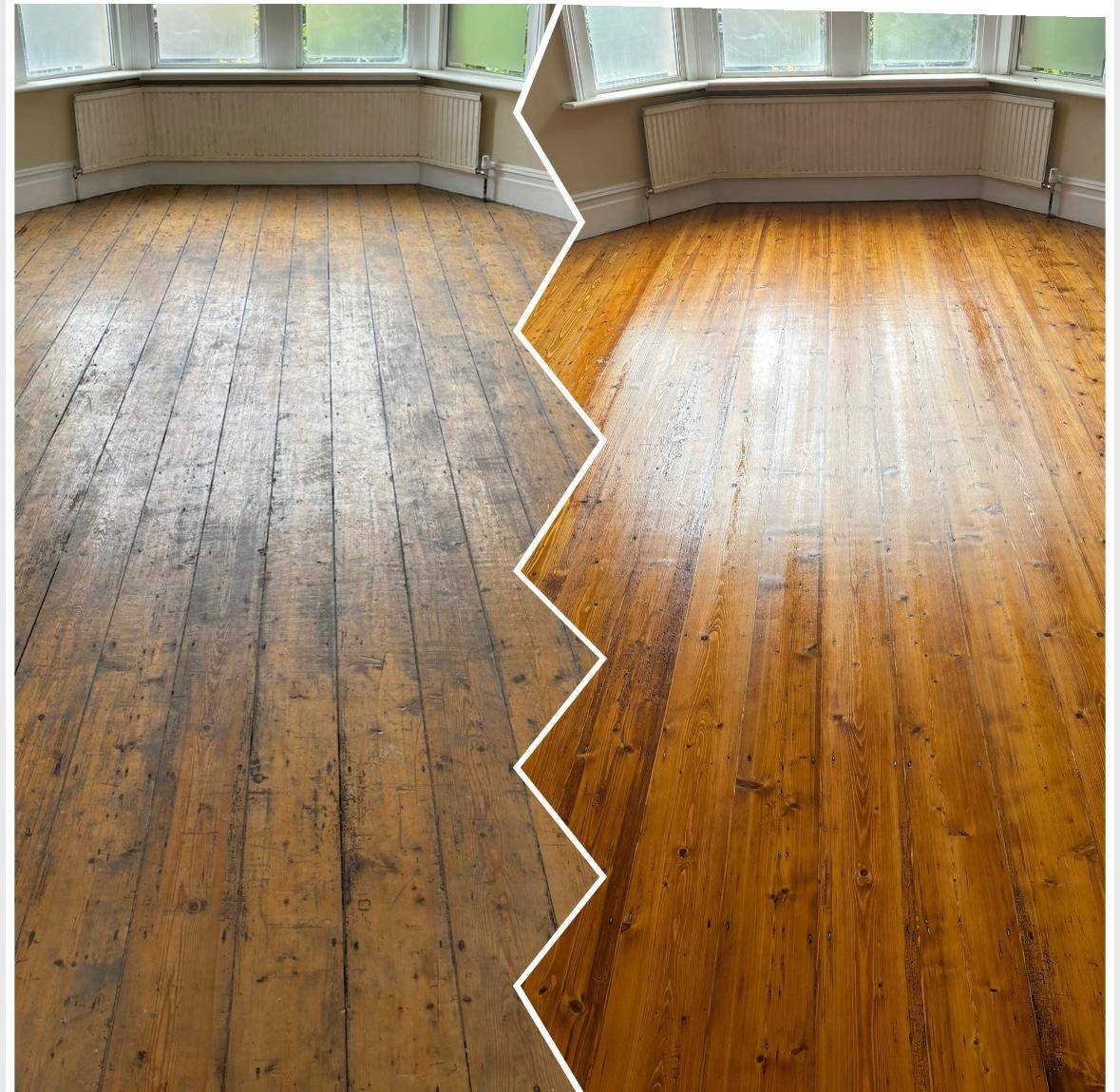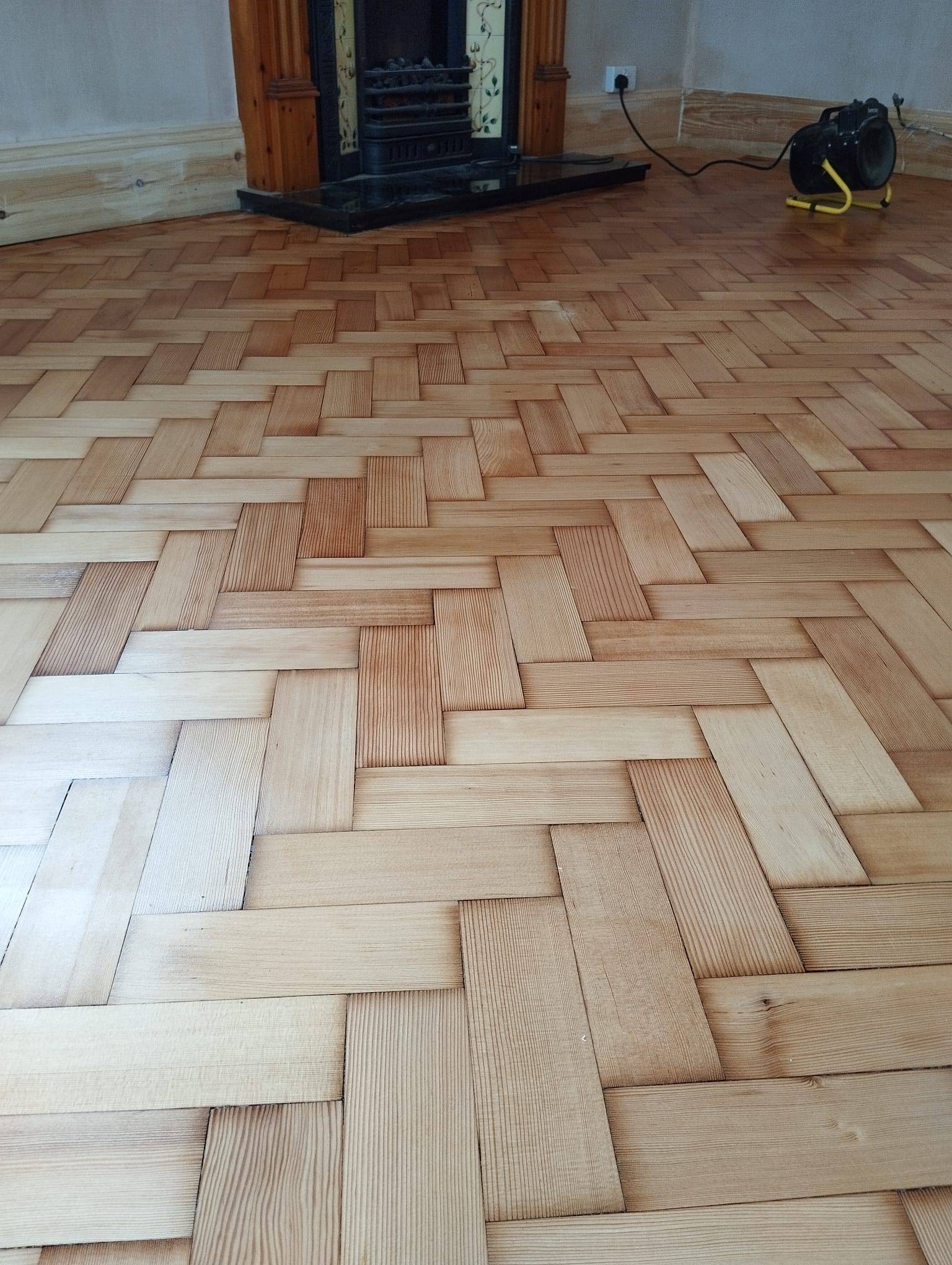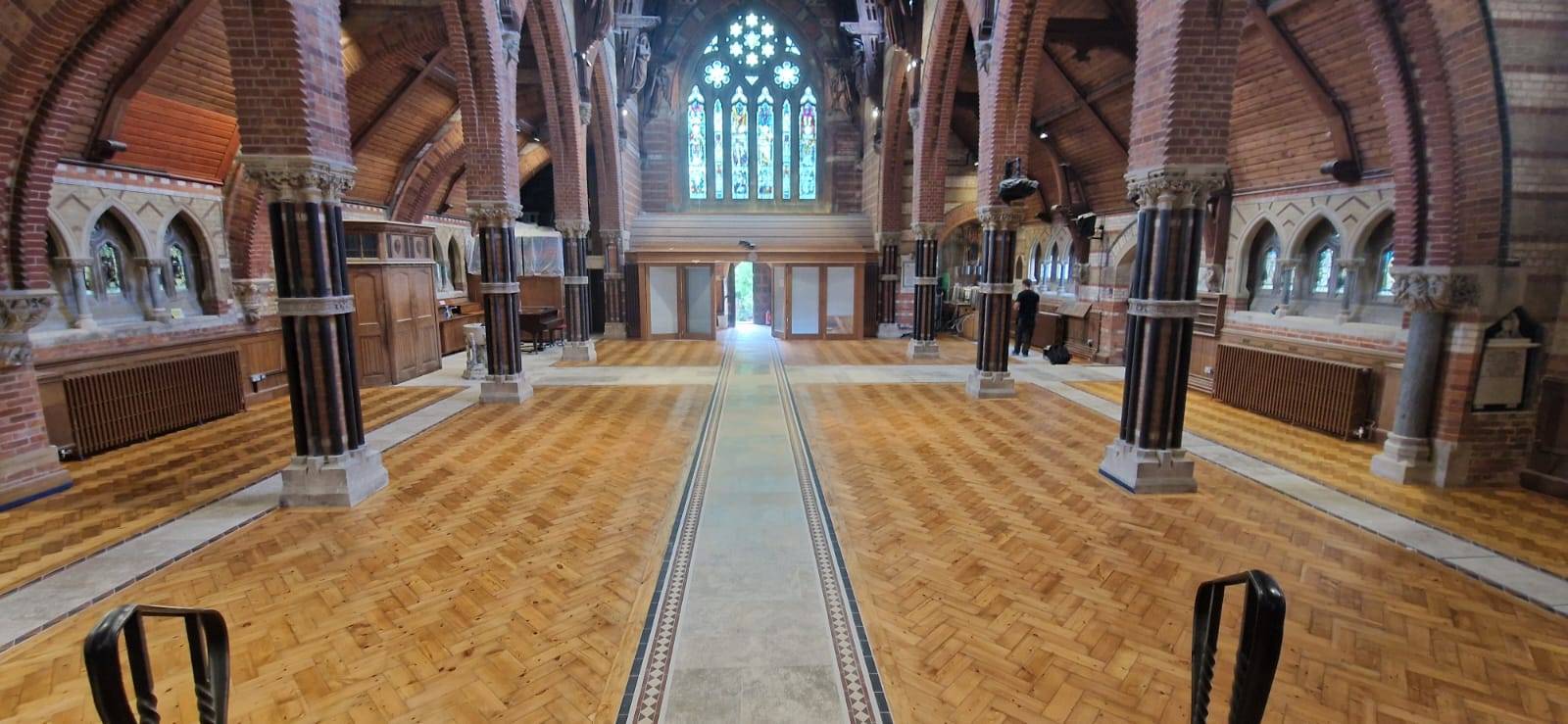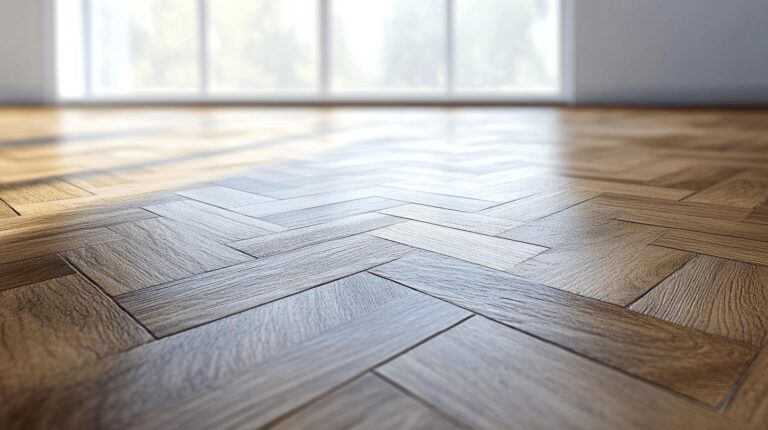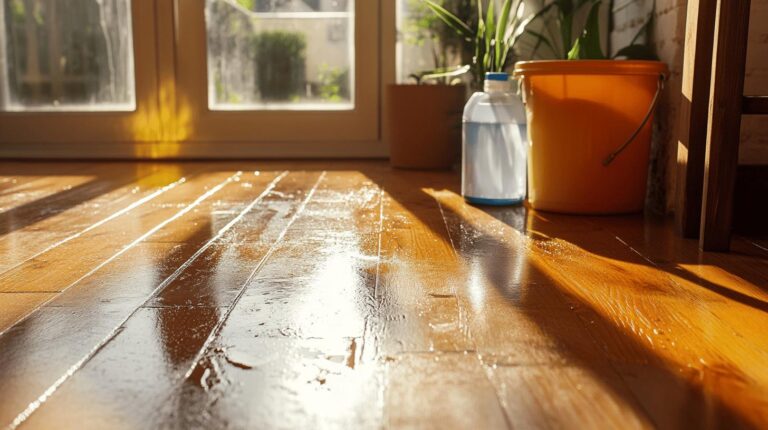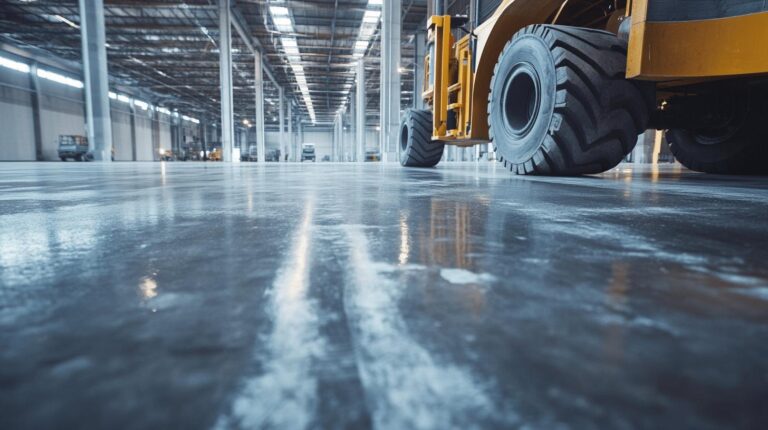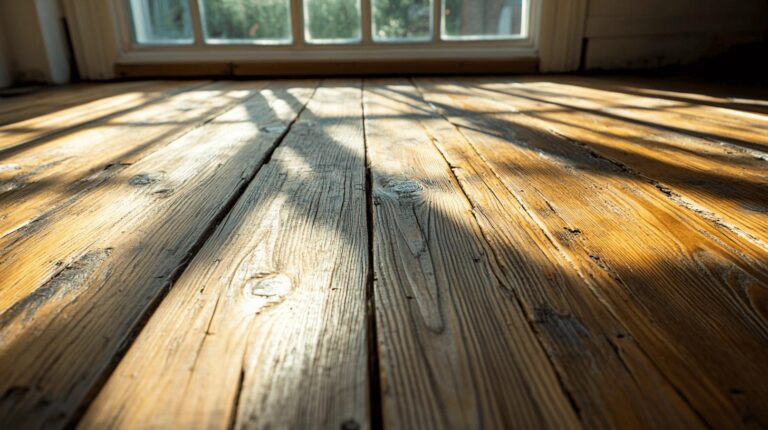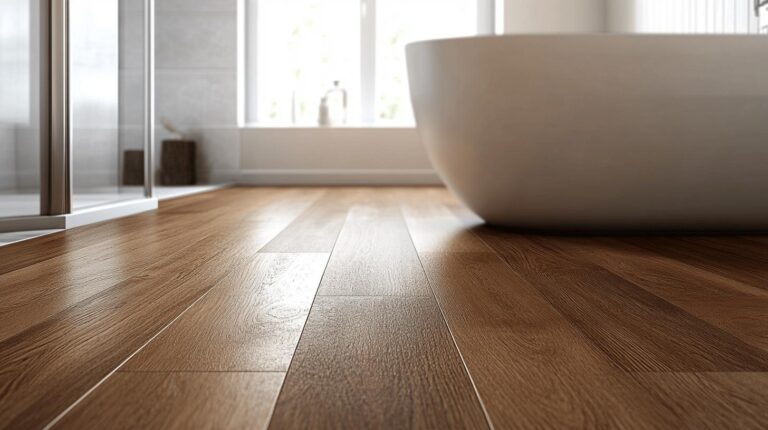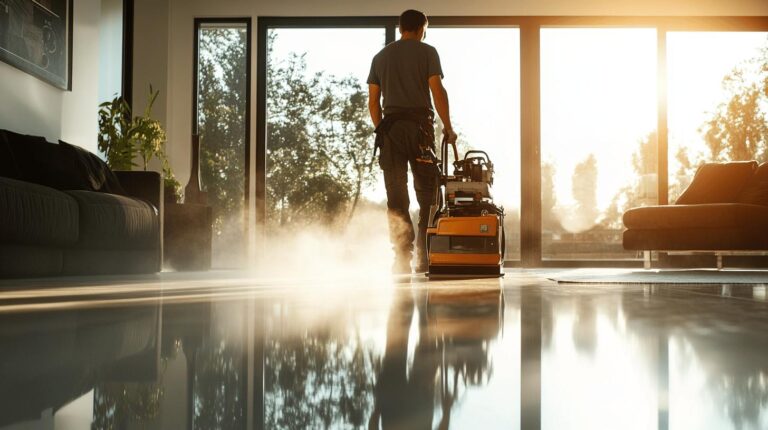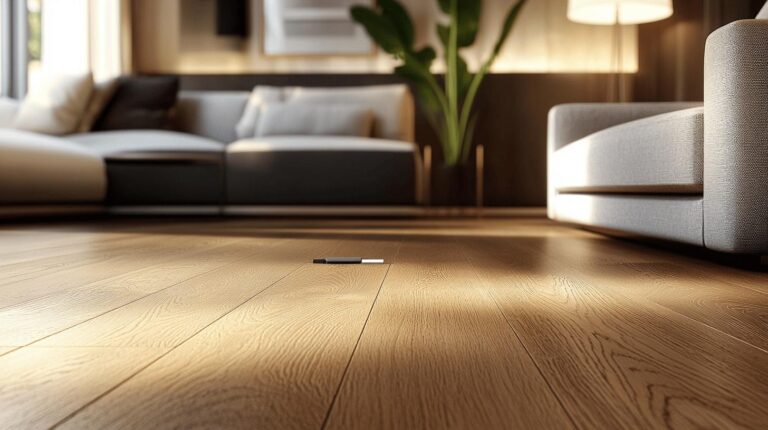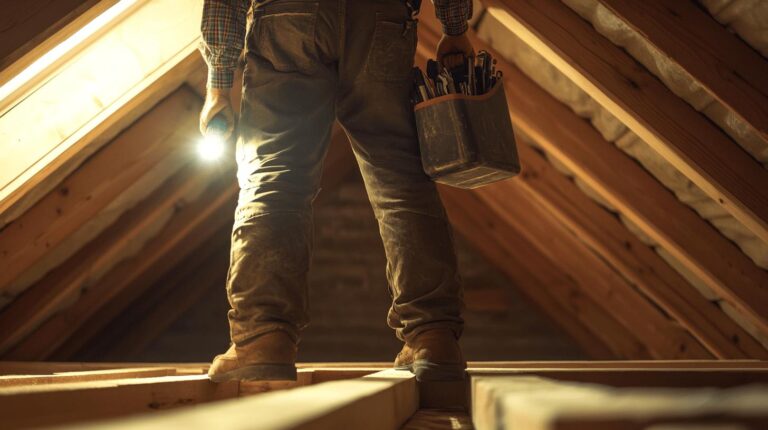Could inconsistent temperature and humidity be the silent adversaries threatening the lifespan of your cherished wooden floors? Many homeowners underestimate the profound impact temperature fluctuations have on wood flooring, often leading to visible damage like cracks and gaps. The importance of temperature control systems for wood floor longevity cannot be overstated. By maintaining a steady climate, these systems play a pivotal role in preserving the beauty and durability of your floors. In this article, Ryan’s Restoration experts delve into effective temperature management solutions, ensuring your wood floors not only survive but thrive for years to come.
Importance of Temperature Control for Wood Floor Longevity
Wood floors are sensitive to temperature fluctuations, which cause natural expansion and contraction. These changes can lead to issues such as gaps, cracks, and even discolouration. When wood absorbs moisture from the air during humid conditions, it expands. Conversely, in dry conditions, it contracts. This constant movement can weaken the structure of the wood, eventually leading to visible damage. Proper temperature control systems for wood floor longevity are essential in mitigating these effects and preserving the wood’s integrity.
Temperature fluctuations and wood durability are closely linked. Without proper management, extreme temperature changes can cause cupping, where the edges of the floorboards rise higher than the centre, or crowning, where the centre is higher than the edges. These defects not only detract from the aesthetic appeal of the floor but also compromise its structural durability. Implementing effective wood floor temperature management strategies can significantly reduce the risk of these problems and extend the lifespan of the flooring.
- Prevents warping and cracking by maintaining stable conditions
- Minimises the risk of moisture-related damage
- Preserves the appearance and finish of the floor
- Enhances the structural integrity of the wood
- Improves overall comfort and environmental quality
Regular monitoring of temperature and humidity levels is crucial for the longevity of wood floors. By using sensors and smart thermostats, homeowners can ensure their floors remain in optimal condition. Such technology enables automatic adjustments to maintain stable environmental conditions, thus reducing the likelihood of damage. Consistent monitoring and proactive management are vital to extending the lifespan of wood floors, ensuring they remain beautiful and functional for years to come.
Types of Temperature Control Systems for Wood Floors
Temperature control systems are pivotal in maintaining the longevity and aesthetic appeal of wood floors. A variety of systems are available, each designed to provide optimal conditions for wooden surfaces. Understanding these systems is crucial for anyone looking to enhance their flooring’s durability.
Underfloor Heating
Underfloor heating systems are ideal for wooden floors, offering an even distribution of warmth that reduces cold spots. This system helps maintain a consistent temperature, which is key in preventing warping and cracking. Furthermore, underfloor heating enhances comfort by delivering a warm and inviting surface underfoot, especially during colder months. It’s essential to choose the right type of wood and maintain proper installation practices to fully benefit from this system.
Radiant Heating
Radiant heating for wood floors is another effective method of temperature control. This system works by emitting heat directly from the floor, ensuring uniform heating across the room. When properly installed and maintained, radiant heating can prevent moisture build-up that typically leads to wood damage. Its efficiency in maintaining suitable conditions makes it a preferred choice for homeowners seeking to protect their wood floors.
Programmable Heating Systems
Programmable heating systems offer precise control over floor temperature, allowing homeowners to set specific heating schedules. This capability helps in adjusting settings based on daily routines or seasonal changes, ensuring optimal conditions are always maintained. By preventing extreme temperature fluctuations, programmable systems contribute to the increased lifespan of wood floors. They also provide energy efficiency, reducing heating costs and environmental impact.
| System Type | Key Benefits |
|---|---|
| Underfloor Heating | Even warmth distribution, enhanced comfort, prevents warping |
| Radiant Heating | Uniform heat, prevents moisture issues, efficient temperature maintenance |
| Programmable Heating Systems | Precise temperature control, energy efficiency, extends floor life |
Benefits of Using Temperature Control Systems
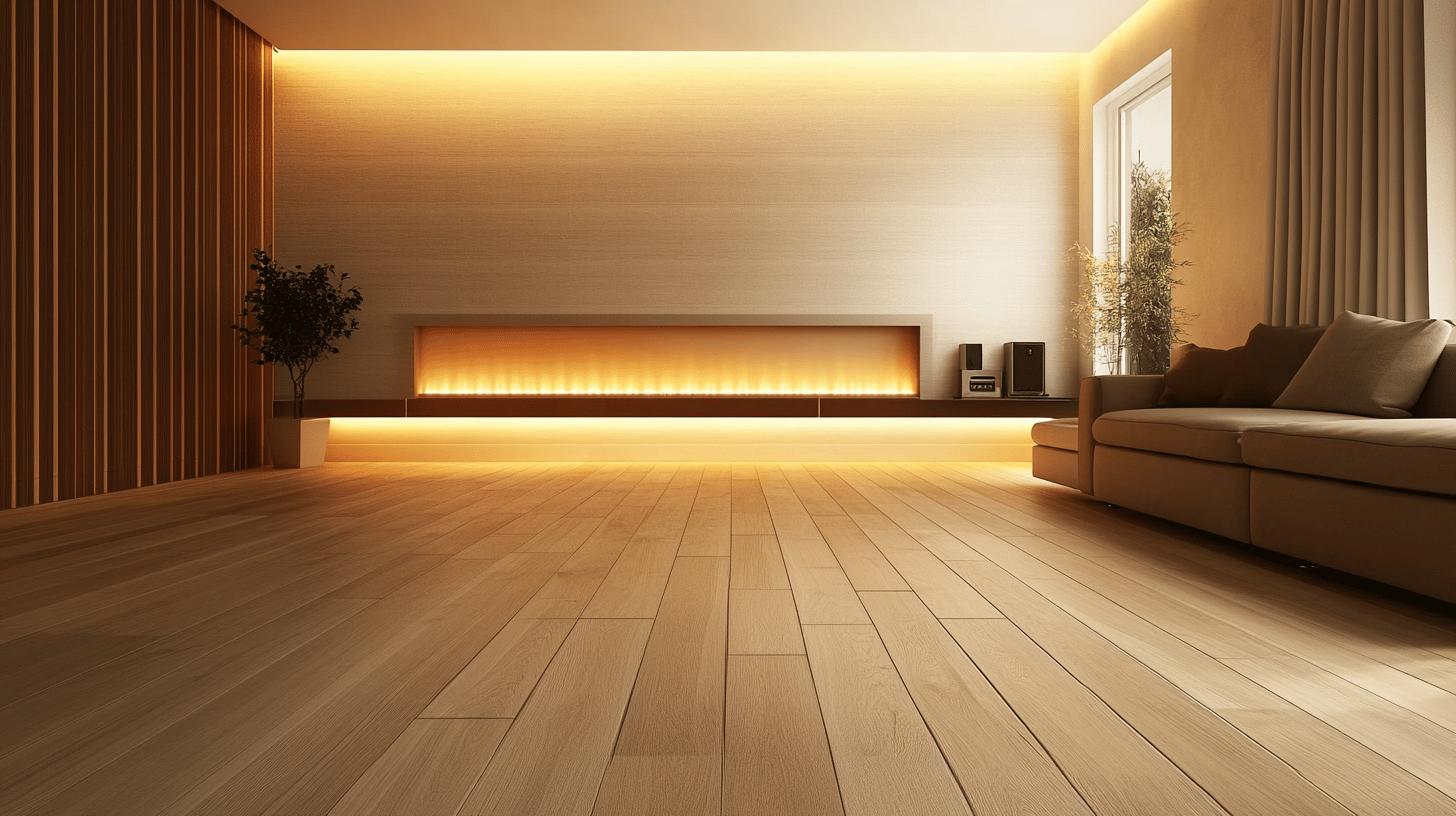
Effective temperature control systems are crucial for extending the lifespan of wood floors. How do these systems achieve this? By maintaining stable environmental conditions, they prevent common issues such as warping and cracking. Wood floors are prone to damage when subjected to extreme temperature fluctuations, which lead to expansion and contraction. By using systems like radiant floor heating, which offers consistent heat distribution, homeowners can ensure that their floors remain in optimal condition. This not only helps in preserving the floor’s aesthetic appeal but also enhances its structural integrity.
Energy-efficient heating solutions play a significant role in reducing both heating costs and environmental impact. They allow for precise temperature control, ensuring that the floors are neither too hot nor too cold. This careful regulation prevents moisture-related issues, a primary cause of damage in wood flooring. Additionally, radiant heating systems provide uniform warmth, enhancing comfort and ensuring that the entire room benefits from consistent temperatures.
- Reduces the risk of warping and cracking
- Minimises heating costs through energy efficiency
- Prevents moisture-related damage
- Enhances room comfort with uniform heat distribution
The impact of these benefits is substantial on the overall home environment. By implementing temperature control systems, homeowners can enjoy a more comfortable and inviting living space. Furthermore, the long-term preservation of wood floors ensures that this investment continues to add value and beauty to the home for years to come.
Installation Tips for Temperature Control Systems
A professional assessment is crucial when determining the best temperature control system for wood floors. Why is it essential? Expert evaluation ensures that the chosen system aligns with the specific needs of your flooring, taking into account variables such as the type of wood and the environmental conditions of your home. This initial step prevents potential issues like improper installation, which can lead to costly damages over time. Proper planning also involves considering the flooring installation guidance and the appropriate temperature levels required to maintain the wood’s integrity.
Installation Checklist
To streamline the installation process, follow these essential steps:
- Conduct a Professional Assessment: Engage a certified installer to evaluate your flooring needs and recommend the most suitable heating system.
- Choose the Right Type of Wood: Ensure the selected wood is compatible with the desired heating system to prevent warping and other damage.
- Plan the Heating Layout: Determine the most efficient layout for the heating elements to ensure uniform warmth distribution.
- Prepare the Subfloor: Ensure the subfloor is clean, dry, and level to support the heating system and flooring material.
- Install Temperature and Humidity Sensors: Integrate sensors to monitor environmental conditions and maintain optimal settings.
- Test the System: Before completing the installation, test the heating system to confirm its functionality and efficiency.
Professional Tips
For optimising the installation of temperature control systems, consider these recommendations:
- Seek Professional Recommendations: Consult with experts to tailor the system to your specific flooring and environmental conditions.
- Follow Manufacturer Guidelines: Adhere strictly to the installation instructions provided by the system manufacturer to ensure compatibility and warranty validity.
- Regular Maintenance Checks: Schedule routine inspections to maintain the system’s efficiency and address any emerging issues promptly.
Consulting professionals like Ryan’s Restoration ensure that your installation is executed flawlessly. Their expertise in professional installation recommendations guarantees that your wood floors benefit from the most effective temperature control systems, extending their lifespan while maintaining their aesthetic appeal.
Maintenance and Monitoring of Temperature Control Systems
Regular checks of temperature control systems are vital to maintaining the health and longevity of wood floors. Why is this important? Because consistent monitoring of temperature and humidity levels protects the wood from damage such as warping, cracking, or moisture-related issues. Temperature and humidity sensors play a crucial role in this process by ensuring that environmental conditions remain optimal for wood floors. Through regular system maintenance, homeowners can prevent costly repairs and extend the lifespan of their flooring.
- Schedule Routine Inspections: Regularly inspect your heating system to ensure it operates efficiently and effectively.
- Monitor Humidity Levels: Use humidity sensors to maintain levels between 30-50%, which is ideal for wood floors.
- Adjust Temperature Settings: Modify settings seasonally to avoid stressing the wood with extreme temperature variations.
- Clean and Service Components: Ensure all components of the heating system are clean and serviced to prevent malfunction.
- Check for Signs of Damage: Regularly check wood floors for any signs of warping or gaps, indicating potential system issues.
Smart Technology Integration
Integrating smart technology into temperature control systems offers substantial benefits for wood floor maintenance. Smart thermostats and sensors automate the regulation of temperature and humidity, ensuring the floors remain in optimal conditions without manual intervention. These devices can be programmed to adjust settings based on environmental changes, enhancing floor care and energy efficiency. The automation provided by smart technology not only simplifies maintenance but also ensures consistent protection of the wood’s structural integrity and appearance.
The use of automated systems contributes significantly to maintaining consistent floor conditions. By leveraging smart technology, homeowners can achieve a reliable and efficient environment for their wood floors. For those seeking expert guidance, consulting with professionals like Ryan’s Restoration can provide tailored advice and support, ensuring that the temperature control systems are optimally set up and maintained for the best results.
Final Words
Understanding the crucial role of temperature management in preserving the quality and lifespan of wood floors can significantly benefit homeowners. Temperature control systems provide effective solutions to prevent the adverse effects of temperature fluctuations, such as warping and cracking. By choosing appropriate systems, such as radiant or underfloor heating, homeowners can ensure consistent, efficient temperature regulation.
Regular maintenance and smart technology integration further protect the wood flooring. Implementation of these systems, alongside professional installation guidance, ensures that wood floors remain beautiful and durable. Temperature control systems for wood floor longevity represent an investment in a comfortable and resilient home environment.
FAQ
Q: What are the best temperature control systems for wood floor longevity?
Certain systems enhance wood floor longevity by maintaining stable conditions, such as underfloor heating and programmable heating. They prevent issues like warping by regulating temperature and humidity effectively.
Q: What problems can underfloor heating cause for wooden floors?
Underfloor heating, if improperly installed or monitored, can cause expansion and contraction in wood floors, leading to gaps or cracks. Correct installation and consistent monitoring mitigate these issues.
Q: Is engineered wood flooring suitable for underfloor heating?
Engineered wood is suitable for underfloor heating due to its stability and resilience against temperature fluctuations. Proper installation and consistent temperature control are crucial to prevent damage.
Q: How long should engineered wood acclimatise before installation?
Engineered wood should acclimatise for approximately 48 to 72 hours before installation. This period ensures the wood adapts to the environment, preventing future swelling or shrinking.
Q: Does temperature affect the longevity of hardwood floors?
Temperature significantly impacts hardwood floors. Fluctuations can cause boards to expand and contract, leading to gaps or warping. Maintaining a consistent temperature enhances durability and lifespan.
Q: What is the life expectancy of wood flooring?
Wood flooring, with proper care, can last from 25 to over 100 years, depending on factors like quality, maintenance, and environmental conditions. Regular maintenance extends its lifespan considerably.
Q: How can smart technology integration benefit wood floor maintenance?
Smart thermostats and sensors automate temperature and humidity control, ensuring optimal conditions for wood floors. This automation enhances floor care and efficiently extends the flooring’s longevity.
Q: What are the best heating solutions for suspended timber floors?
Radiant and underfloor heating systems are effective for suspended timber floors, offering even heat distribution and efficient temperature control, crucial for preventing structural and surface damage.
